On this page we explain the steps we take with our clients to continue an International application in Europe.
- Choice for a regional continuation in Europe
- Filing
- Invitation to respond
- Submitting a response
- Reporting European search report
- Intention to grant and formalities
- Patent grant and country selection
- End of opposition period for (third) parties
- Legend
Choice for a regional continuation in Europe
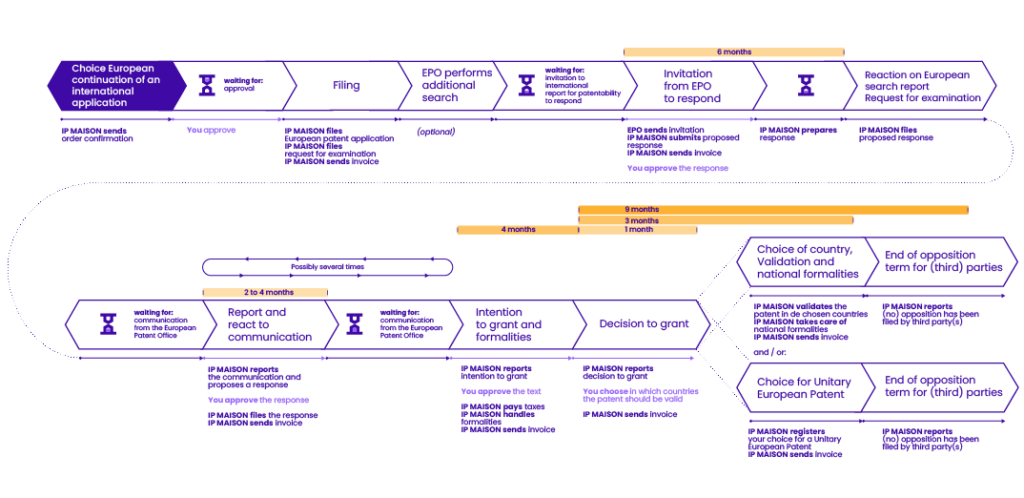
A European patent application will be filed as a so-called regional continuation of your previous International patent application.
Filing
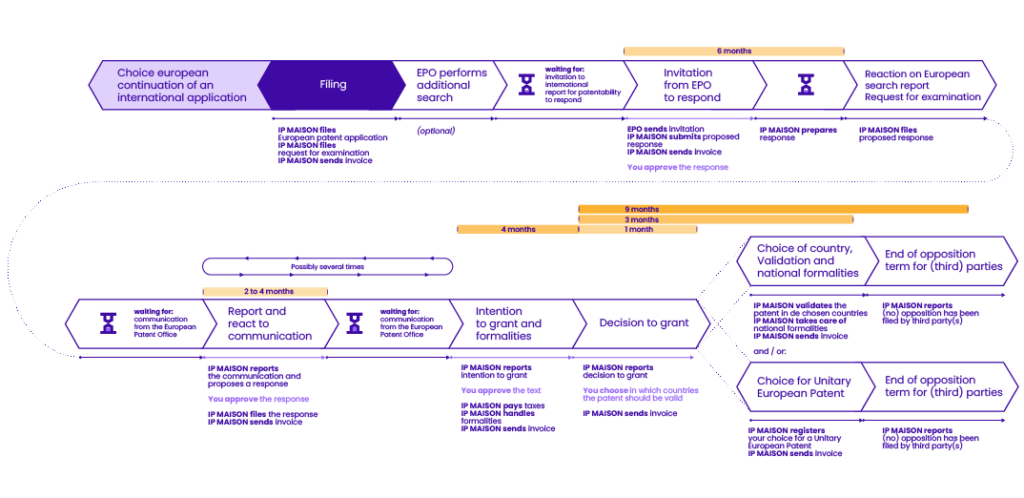
As soon as the application has been filed, you will receive a confirmation from us, with an overview of all data entered during filing. Then we have to wait for an invitation from the European patent office to respond to the search report that has already been drawn up during the international phase, or – if it has not been drawn up by the European patent office – for an additional search report from the European patent office.
Invitation to respond
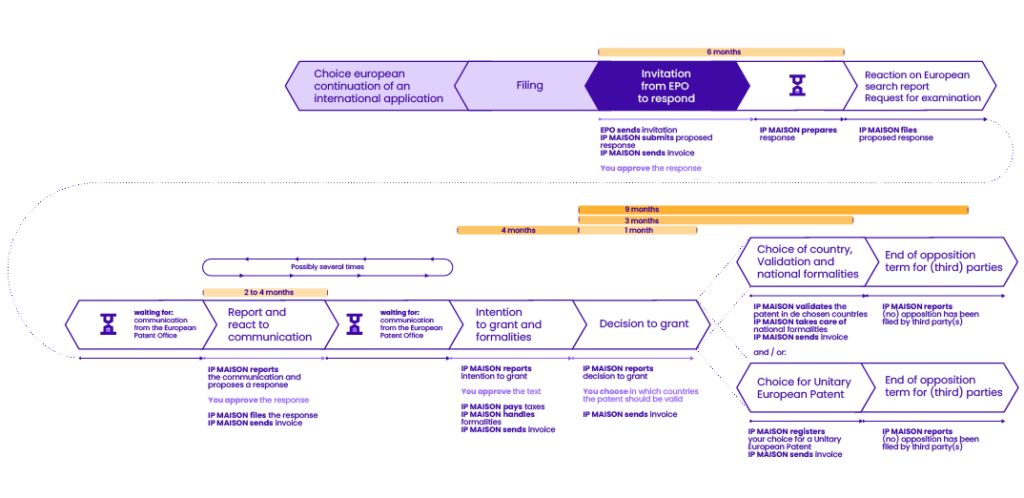
Shortly after filing the European continuation, the European Patent Office sends an invitation to submit amendments to the application within a periode of 6 months.
During the international phase, the European Patent Office has already drawn up a search report and a written opinion.
If no objections were raised in the search report and written opinion, it is not mandatory to respond to the invitation. However, if there were objections, responding is mandatory.
After the response has been submitted, one has to wait for a communication from the European Patent Office. This takes several months.
Submitting a response
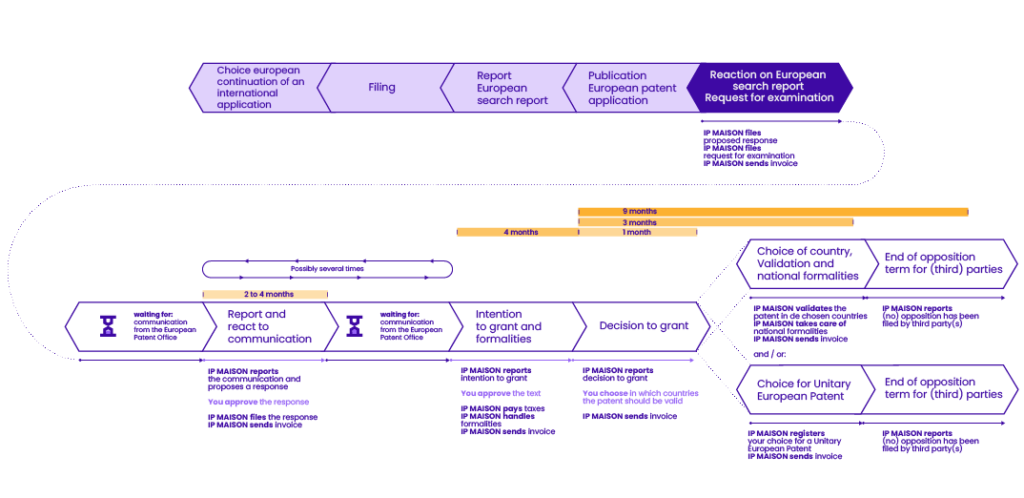
After the response has been submitted, one has to wait for a communication from the European Patent Office. This takes several months.
Report European search report

At some point we will receive a communication from the European Patent Office, in which the examiner provides his opinion on the patentability of the application. This opinion is usually based on the documents that were already mentioned in the international phase. We will study the opinion, and send you a report in which we propose how to respond. For example by making changes to the application or (only) putting forward arguments.
If the examiner still considers the application ineligible, the examiner can send a new communication to which we can respond, or if the application is found eligible, a so-called intention to grant will be sent.
Intention to grant and formalities

Normally, the European Patent Office eventually indicates its intention to grant a patent. We will provide you with the text of the patent application and, if you agree, we will ensure that the grant fee is paid and that German and French translations of the claims are submitted. As soon as that has happened, the European Patent Office will send a decision to grant.
Patent grant and country selection
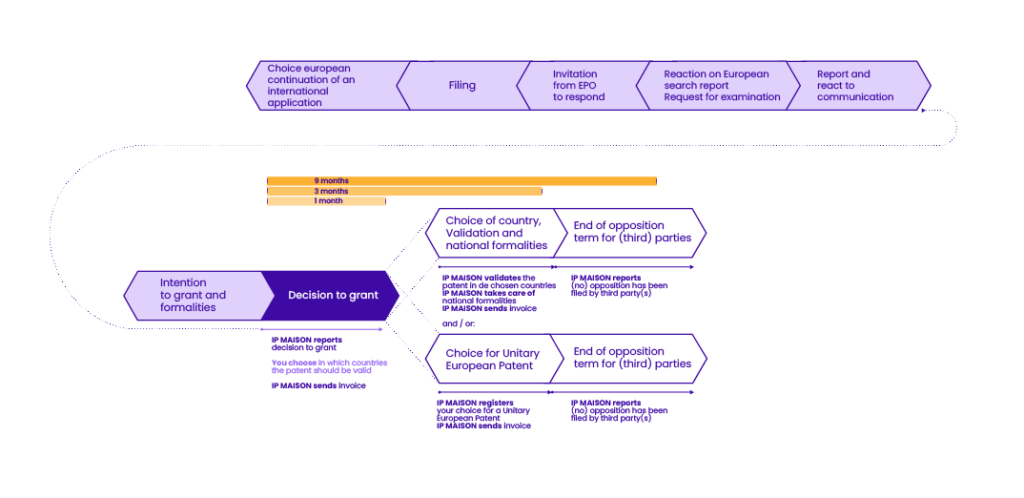
As soon as the decision to grant has been taken, the European patent is a fact.
Within one month of the grant of a European patent, it must be indicated whether the European patent will become a unitary European patent, a classic European patent in the form of a bundle of national patents or a combination of both. More information about making a choice between a Unitary European patent or a classic European patent can be found here.
If you opt for a Unitary European patent, we will take care of the formal registration of that choice.
If you opt for a bundle of national patents, the European patent will take effect in Belgium, Germany, France, the United Kingdom, Ireland, Luxembourg and Switzerland-Liechtenstein.
In de landen waarvan de octrooiverlenende instanties na verlening van het Europese octrooi nog correspondentie voeren zorgen wij ervoor dat wij of een buitenlands octrooikantoor als correspondentieadres wordt geregistreerd.
The patent will then take effect in Belgium, Germany, France, the United Kingdom, Ireland, Luxembourg and Switzerland-Liechtenstein, without any further translation obligations or additional taxes being applicable.
In the other countries, the granted patent must first be validated before it takes effect. Validation means that certain formalities, such as registering a national representative, paying validation fees and submitting a translation, are fulfilled.
The national fees as well as the translation costs differ per country, because in some countries there is an obligation to translate only the claims , while in others the entire patent text must be translated. Some countries have several accepted national languages. We naturally ensure that as few translations as possible have to be made by making the most convenient possible choice per country.
End of opposition period for (third) parties
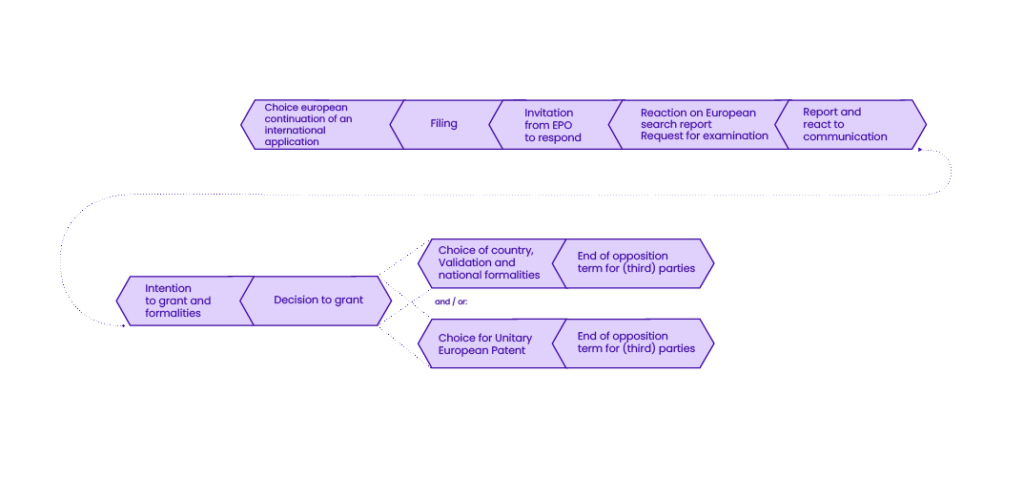
From the moment of the publication of the grant of a European patent, there is a period of 9 months during which it is possible for third parties to object to the grant of the patent. Such a procedure is called opposition, in which the opponent must provide substantiated evidence why, in his opinion, the patent has been wrongly granted. This may be because a publication with which the European Patent Office was not aware has not been taken into account, or because the patented object (for example by the opponent) was already marketed before the patent was applied for. If an opposition is filed, we will inform you and determine how to respond. If no opposition has been filed after nine months, we will also inform you of this.
Legend

The central bar, running from left to right, maps out the procedure being followed.

The dark purple oval marks the stage we have currently reached in the procedure.

A pale purple oval indicates a completed stage.
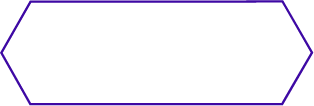
A white oval shows a future stage.

A white oval with a dotted line indicates that a step is optional.

A sand timer denotes that an agreement, or official documents, for example, are pending.

This step may need to be completed several times.

Any fixed periods
are marked above the central bar.

This stage is carried out by IP Maison.

This stage is carried out by the client.